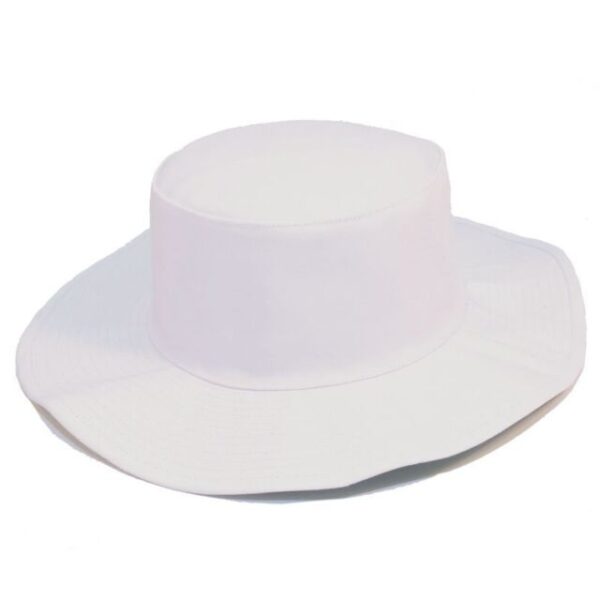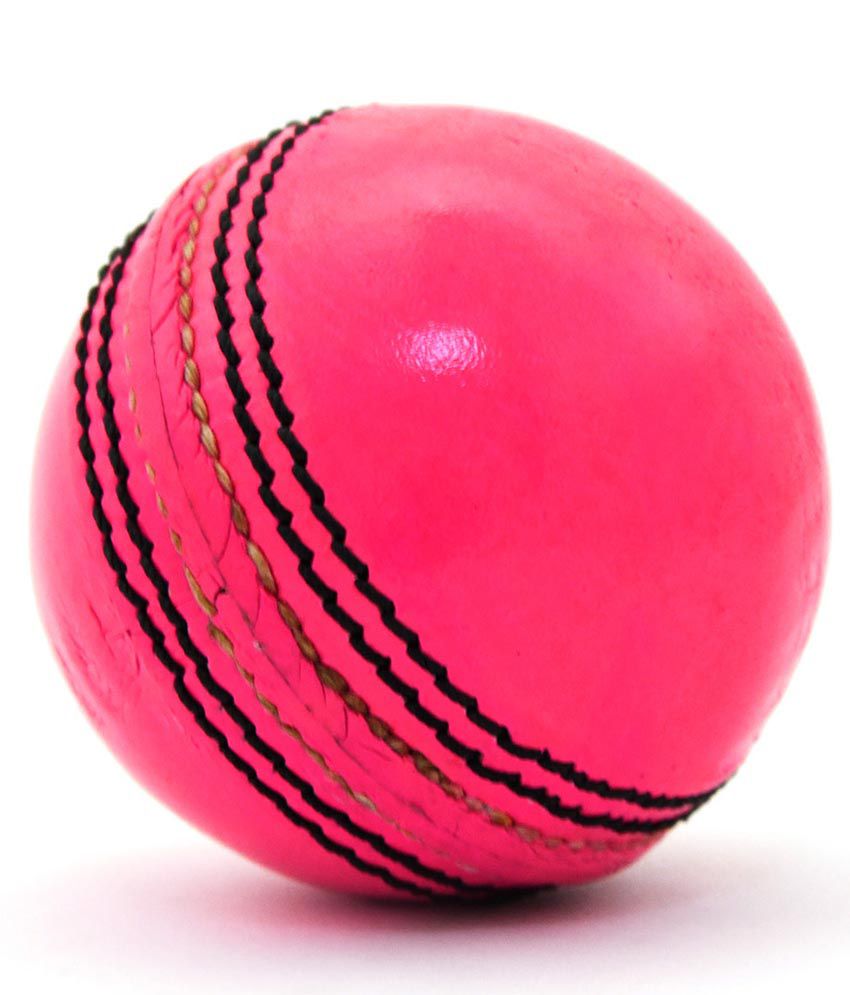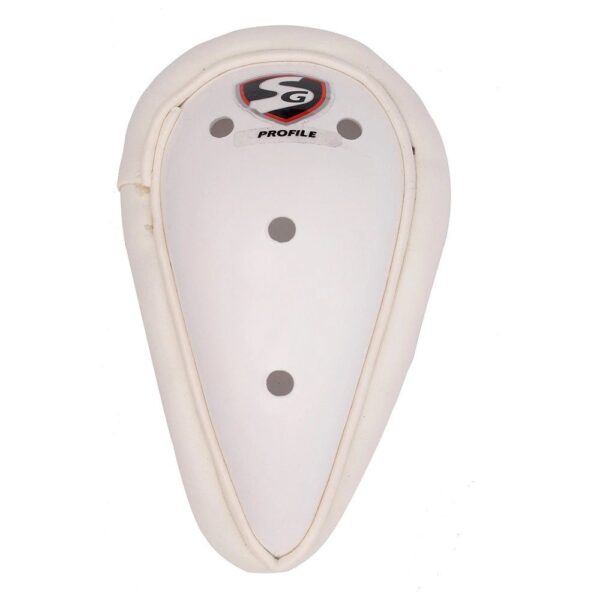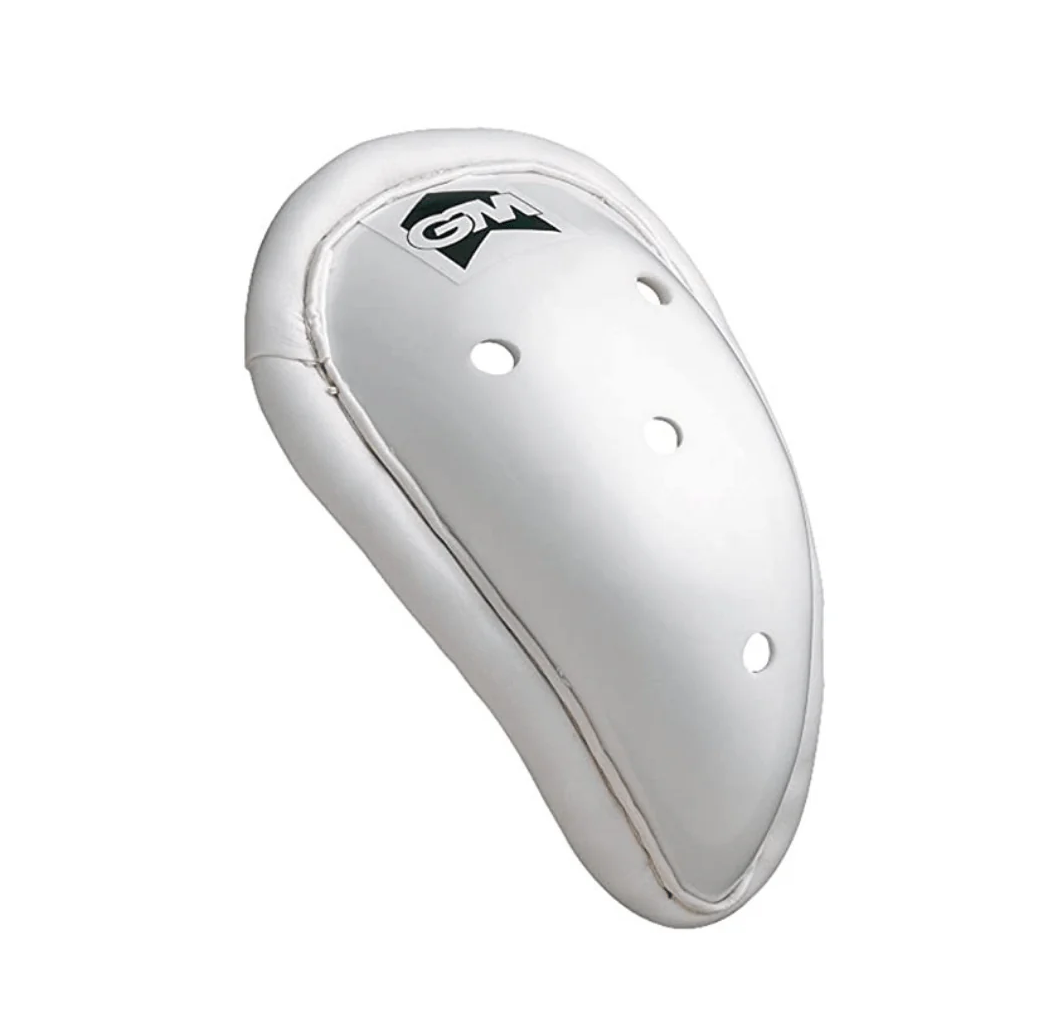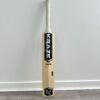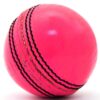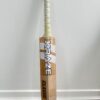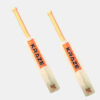You can contact us 24/7 +44 (0)736 1335 211
The best discounts this week
Every week you can find the best discounts here.
KRAZE KIDS BAG
KRAZE ADULT BAG
KRAZE HAT
PINK BALL
SG GUARD
GM GUARD
A cricket ball is a hard, solid ball that is used in cricket. A cricket ball is made of a cork core coiled with thread and a leather cover sewn on, and its production is governed by first-class cricket legislation. The trajectory of a cricket ball when delivered is impacted by the bowler’s motion as well as the condition of the ball and the pitch while working on the cricket ball to achieve optimal condition is a major duty of the fielding side.
It is a crucial component in the game of cricket. There are various types and colors of cricket balls. The overall performance of the various colored balls varies based on how the ball is formed, the material used in the seam, and the type of coating put on the ball’s surface. Let us understand their purposes and differences.
From Which Material is a Cricket Ball Made of?
While robots have undoubtedly made certain portions of the work simpler over the years, the majority of cricket ball makers still handcraft a big portion of their product.
True, the sphere’s hard shell is coated in toughened leather. However, there are two other major components underlying this. The hard core of the ball is made of cork, which is wrapped in tightly coiled string to form a spherical shape.
Following that, all of the components are weighted to ensure they meet the standardized requirements for a cricket ball. The four pieces of leather are sewn together to form a raised sea, and the “equator” is stitched using string.
The leather is then colored, branded with the maker’s name, and polished many times before being distributed to eager seam bowlers all over the world.
Top 5 Key Differences Between White And Red Cricket Balls:
Leather Processing:
The conventional cricket ball-making process begins with leather processing. Purification of leather is followed by dyeing it with a red hue. To guarantee that the ball lasts a long time, high-quality leather is used. The primary distinction between the Pink and Red balls is how the leather is treated and the color is applied.In the instance of red balls, the color is imparted by dying them red. The dying imparts color to the Red ball. Pink Cricket balls get their color from a pigment that is put on the leather. Pink balls are coated with PU (polyurethane), whereas White balls are coated with a harder-wearing coating to protect them from dirt and scuffs, making them somewhat heavier. Pink balls, on the other hand, are less polished and lighter than white balls.
Visibility:
The red balls are unsuitable for night play since they turn yellowish under floodlights. White balls are far more visible under floodlights. Furthermore, when watching a match on television, the White color ball stands out wonderfully. The most obvious distinction between the Pink and Red balls is their visibility in floodlights.
Usage:
While Red Cricket balls are exclusively used in Test and First-Class matches, White Cricket balls are used in Twenty-20 and One-Day matches. In Test Cricket, both red and pink cricket balls are used.
Seam and Thread Color:
White threads are used for the seam on red cricket balls, whereas black threads are used on pink cricket balls. The seam on the Red ball is entirely constructed of synthetic material, while the seam on the Pink ball is a blend of synthetic and linen in the right proportions.
Swing and Bounce:
Red cricket balls have a strong swing and bounce till the first 15 overs, but pink cricket balls have a good swing and bounce even after 40 overs. This is due to the PU coating used in the Pink ball, which does not readily peel off, keeping it relatively fresh for a long time. However, because of its smooth surface, the white ball swings well.


